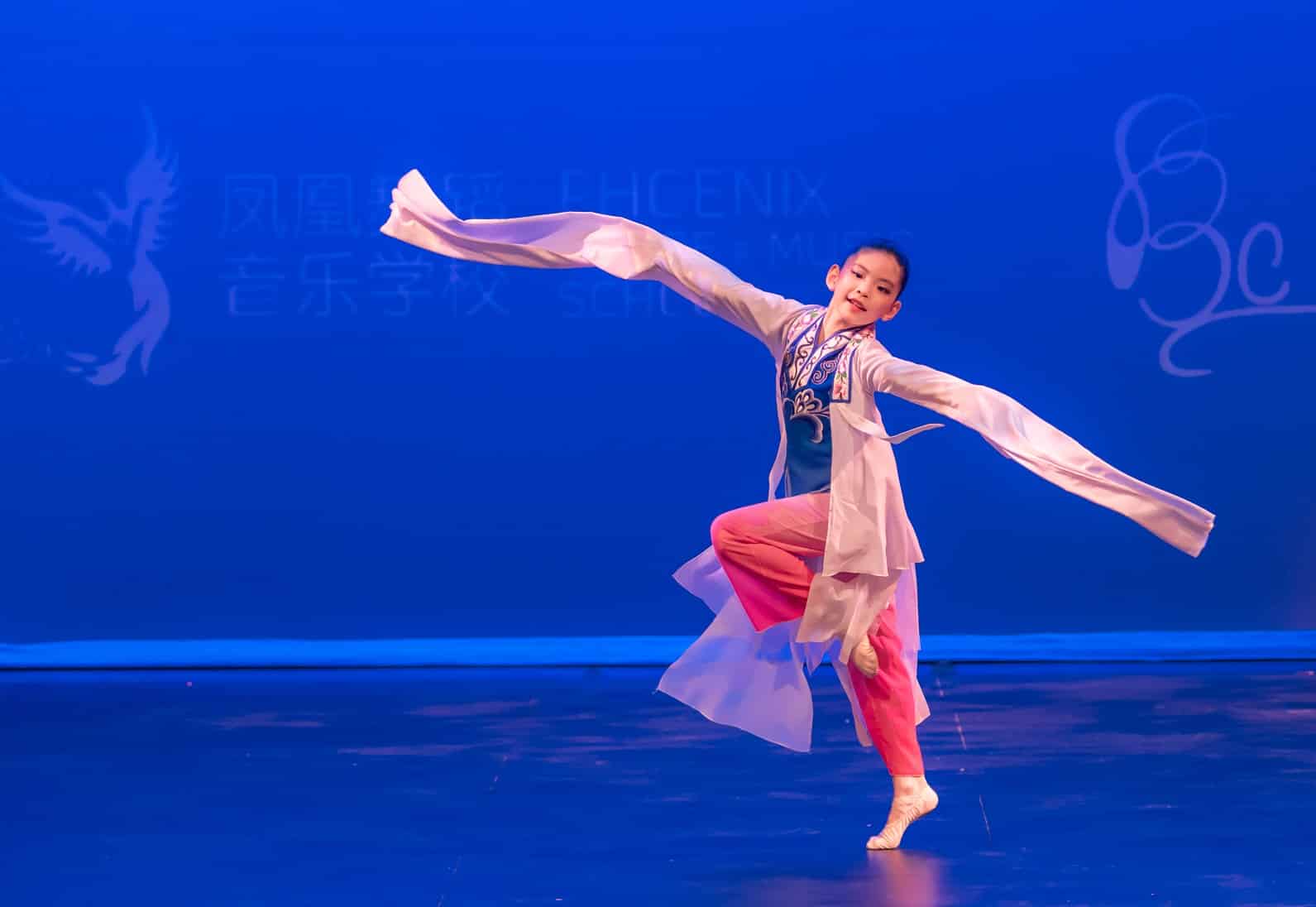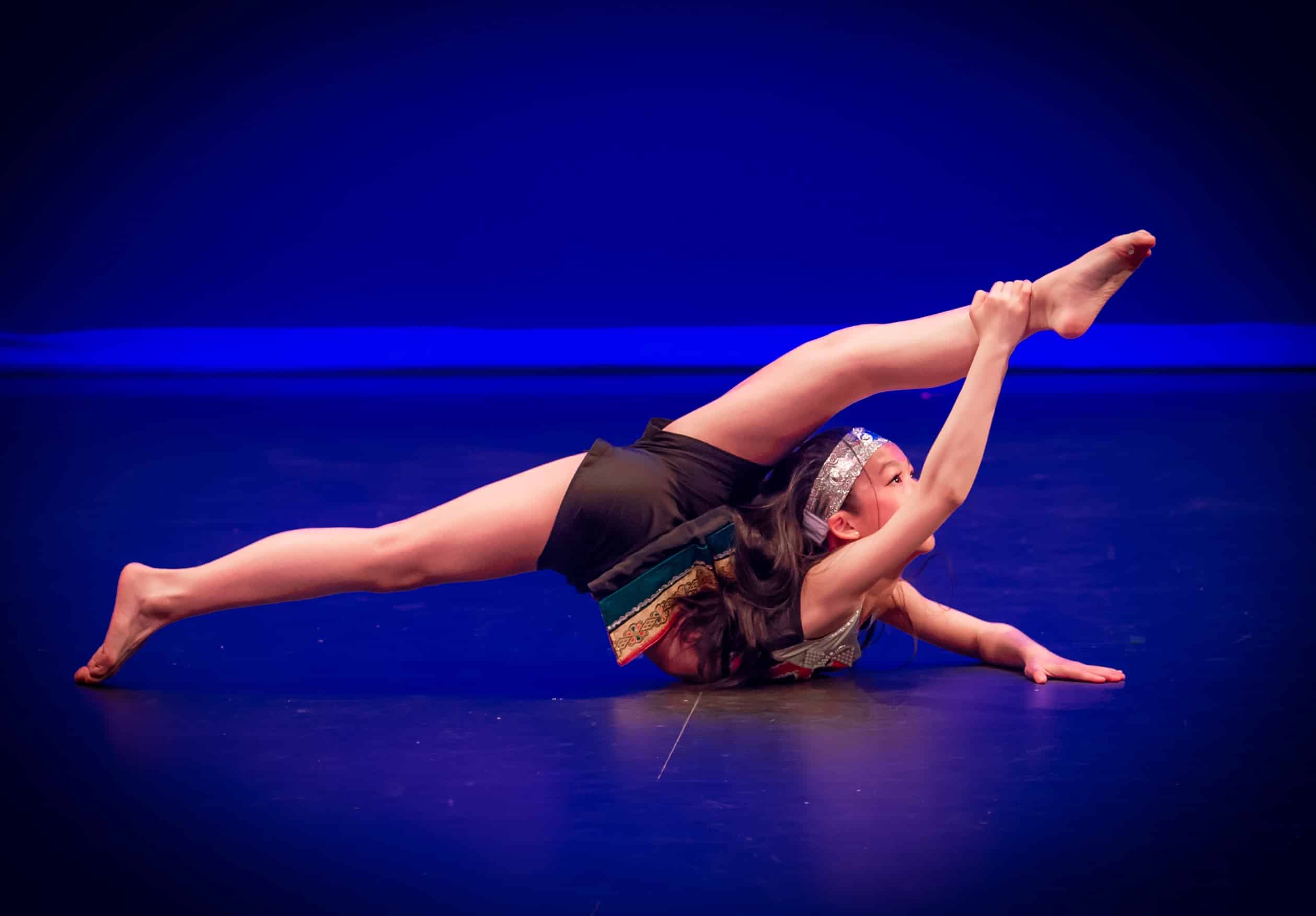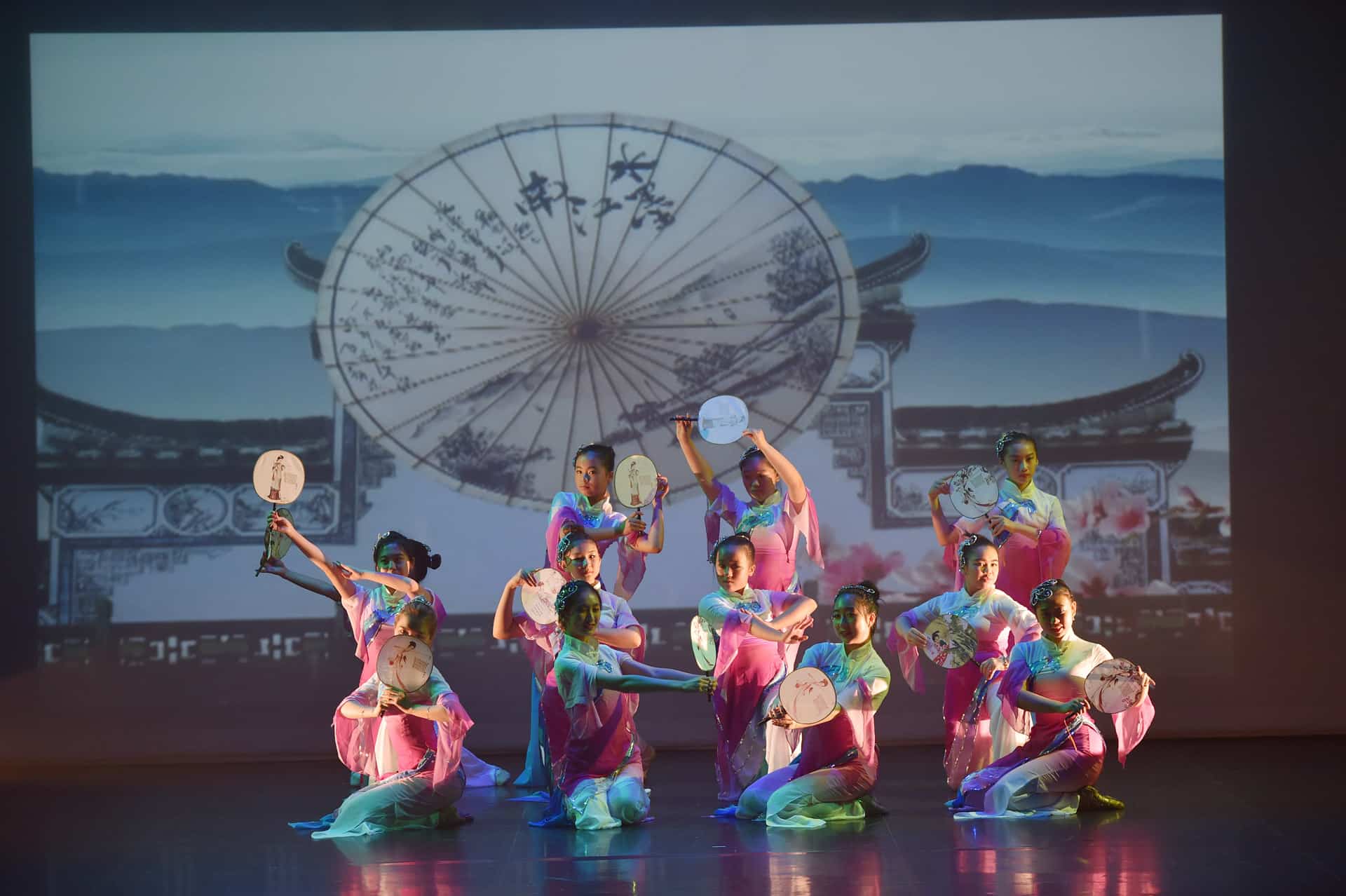Classical Chinese dance is a traditional and elegant art form deeply rooted in Chinese culture. It combines precise movements, graceful gestures, and storytelling to depict historical legends, myths, and traditional values. Renowned for its expressive beauty, classical Chinese dance seamlessly merges the power of movement with the creativity of art.

The Charm of Chinese Dance
Chinese dance is captivating and multifaceted. Beyond mere physical movements, it carries rich cultural connotations. Chinese dance is a powerful form of expression, portraying the inner world of artistic characters through metaphorical and sometimes exaggerated body language.
As people immerse themselves in the imagery of dance, the actions of the characters on stage and the emotions conveyed evoke a profound resonance with this art form. Chinese dance has the ability to touch the soul, stir emotions, and cultivate a deep appreciation for its artistic beauty and cultural significance.
Chinese Dance Grading Courses
According to the latest announcement from the Ministry of Education in British Columbia, starting from September 1, 2008, students who participate in the Chinese Dance Grading Examination courses offered by the Beijing Dance Academy and successfully obtain a diploma will be eligible for 12 credits.
The grading system for Chinese Dance examinations is as follows:
- Completing the CDES Level 7 grading examination course at the 10th grade level will earn you 4 credits.
- Similarly, completing the CDES Level 8 grading examination course at the 11th grade level will also earn you 4 credits.
- Completing the CDES Level 9 grading examination course at the 12th grade level will also result in earning 4 credits.
For students currently studying Chinese Dance grading courses, this means they can earn more credits. Beginners in dance should prioritize enrolling in the grading examination courses. For those interested in dance, it’s best to start early to ensure participation in the CDES Level 7 course by the 10th grade. Individuals with some prior dance experience (whether in ballet or Chinese dance) may have the possibility of entering the corresponding grading class after an assessment by the academy’s teachers.
This grading course consists of a total of 13 levels and is a simplified version of the teaching materials used by the Affiliated Middle School of the Beijing Dance Academy. Its purpose is to enhance pre-dance education, cultivate an understanding and appreciation of music and dance among primary and secondary school students, strengthen aesthetic education, and promote a love for Chinese dance art.
The “Chinese Dance Grading Examination Teaching Materials” developed by the Beijing Dance Academy are designed for a wide range of children, adolescents, and youth in dance courses.
Since its first publication in 1993, this series of teaching materials has undergone comprehensive and systematic revisions by the “Beijing Dance Academy Chinese Dance Grading Examination Committee” to better align with the physiological and psychological characteristics of children, adolescents, and youth, as well as the amount of content that can be accommodated in their learning hours. The goal was to promote basic Chinese dance while nurturing their emotional and physical well-being.
The new version of the teaching materials consists of thirteen levels. Levels one to ten are general courses intended for children aged 4 to 13. Levels eleven to thirteen are semi-professional courses intended for youth aged 14 and above. This teaching material is part of the training system of Chinese dance at the Beijing Dance Academy, with the tenth level curriculum approaching the level of the second year of the academy’s affiliated middle school. Levels eleven to thirteen simplify and popularize the curriculum of the academy’s middle school.
Course Content
The curriculum covers foundational Chinese classical dance training and artistic expression, Chinese ethnic and folk dances (Han, Tibetan, Mongolian, Uyghur, Korean, Dai, Miao, Yi), as well as music and rhythm training.
Features of the Teaching Materials
These teaching materials integrate the training, entertainment, and knowledge aspects of dance. They focus on students’ interests and the scientific, systematic, comprehensive, and distinctly Chinese nature of their training, all of which contribute to the healthy development of their minds and bodies.

